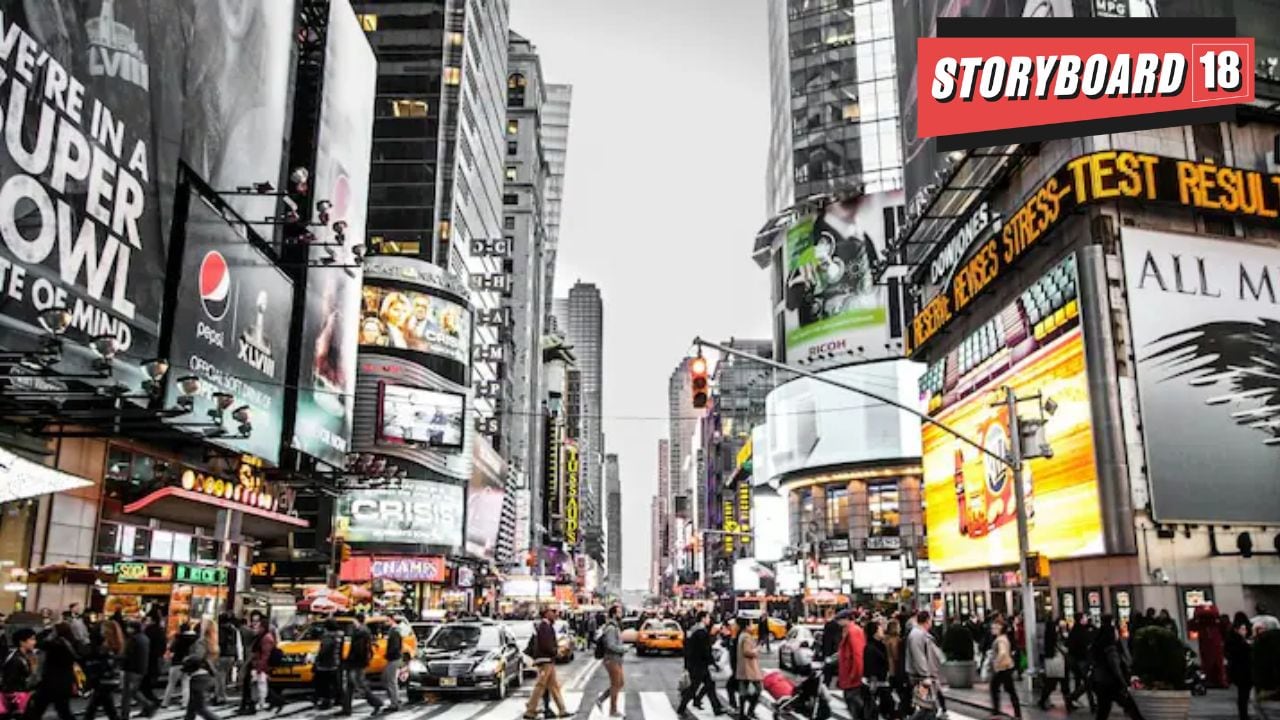The global advertising industry woke up last week to the news of Leo Burnett and Publicis Worldwide merging into a single entity now known simply as Leo. This high-profile consolidation signals an important shift in the broader advertising ecosystem — one that raises a host of questions about the future of creative agencies and the dynamics of competition within the sector.
Read more: Omnicom-IPG Deal: Will it reshape the ad order in India?
For employees, clients, and even competitors, agency consolidations can create both opportunities and uncertainties. In October 2023, the advertising giant WPP announced the merger of two of its key agencies, Wunderman Thompson and VMLY&R, to form a new entity: VML. That consolidation was particularly striking given that both Wunderman Thompson and VMLY&R were themselves the result of earlier mergers orchestrated by WPP in 2018. These moves signaled a strategic reshuffling that reflected the challenges and ever-evolving dynamics within the global advertising landscape.
“Creative agencies are struggling. That’s the truth,” says an industry veteran, on the condition of anonymity. “People may or may not want to acknowledge it publicly, but they are struggling. The margins are very depleted, and it’s incredibly tough. It all starts with the clients — when contracts are renewed, the negotiation often focuses on, ‘How much can I reduce?’ At that point, it stops being a viable business proposition.”
The advertising world has evolved dramatically in recent years, and the landscape is now divided between two dominant models: the sprawling global empires that boast immense power and resources, and the nimble, often boutique agencies that focus on creativity and individuality. The industry veteran who spoke to us emphasizes the dilemma facing mid-sized agencies caught in the middle. “They either need to grow big or scale down to survive,” he says. “This is why we are seeing individuals stepping out of larger setups, mergers happening, and agencies repositioning themselves to make themselves attractive for acquisition.”
Indeed, the consolidation of agencies is not just a response to industry trends, dynamic media changes and market forces, but also a necessity born from the pressures of differentiation. Arnab Mitra, the founder of Liqvd Asia, points out that many global players have historically relied on building brands that offered little in the way of true innovation. “People are starting to see through it,” he observes. “As a result, companies are merging, not necessarily because others are doing so, but because it’s becoming unavoidable without clear differentiation.”
Read more: Blockbuster Ad Deal: Omnicom’s takeover of IPG to reset global order
As agencies combine forces to stay competitive, the challenges of integration go beyond simple logistics. History has shown that consolidating brands and organizations can create significant friction, especially when emotional attachments to legacy names come into play. “A key challenge in bringing brands together lies in handling the emotional attachment people have toward these brands,” says Ashish Bhasin, founder of The Bhasin Consulting Group. “Whether it’s clients, employees, or other stakeholders, there’s a lot of sentiment tied up in these identities.”
This emotional and cultural tension can manifest in unexpected ways, particularly when it comes to leadership. “The agency with more influence will have the lion’s share when it comes to leadership,” says Prathap Suthan, the Chief Creative Officer at Bang In The Middle. In other words, the more established agency often ends up dictating the terms of the merger, both in terms of strategy and power dynamics.
But it’s not just about people — media and technology are becoming the next frontiers of agency survival. According to one anonymous industry veteran, media has long been the key for agencies looking to thrive. “Currently, media is the key to survival. The money lies there because of the ability to offer massive deals to clients,” the source explains. “Large agencies leverage their size to provide significant cost advantages, but even this model has a limited shelf life. In the next two to three years, technology will drive the next wave of efficiencies, reducing the leverage media offers.”
The next evolution of the industry will likely require agencies to adapt or face further consolidation.
As the landscape continues to evolve, the structure of the agency pyramid is undergoing a dramatic transformation. Suthan notes, “The top of the agency pyramid is becoming more concentrated, with a few large players dominating, while the base of the pyramid is widening. Many people are moving away from mainline agencies to form smaller agencies. The bottom is filled with boutique agencies, while the top is controlled by two or three giants.”
This new hierarchy marks a shift in the balance of power within the industry, with larger firms consolidating resources and small agencies continuing to proliferate in a hyper-fragmented media landscape. But as this new order begins to solidify, it remains unclear whether the current consolidation trend is a sustainable model for the long term, or if it will soon give way to further disruptions driven by new technologies and market forces.
One thing, however, is clear: the advertising industry is at a crossroads. The mergers of today may be a prelude to even larger changes in the years to come, as agencies are forced to navigate a rapidly evolving and increasingly competitive landscape.
Read more: The unexpected gainer of the bombshell Omnicom-IPG deal
